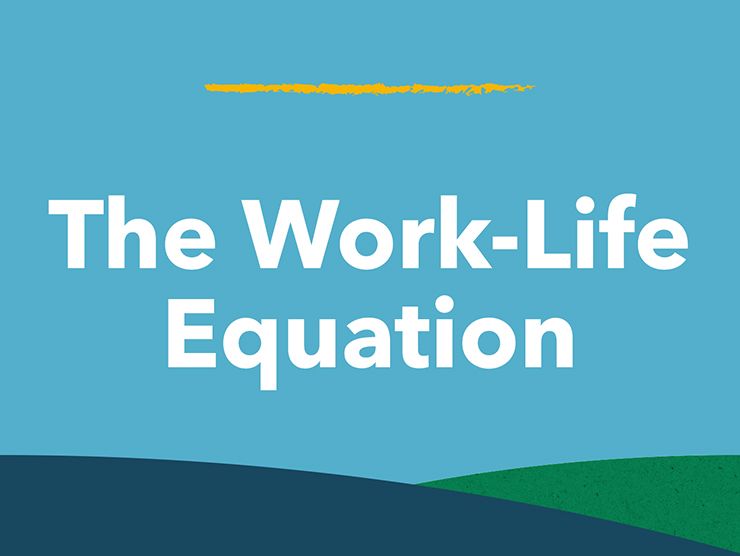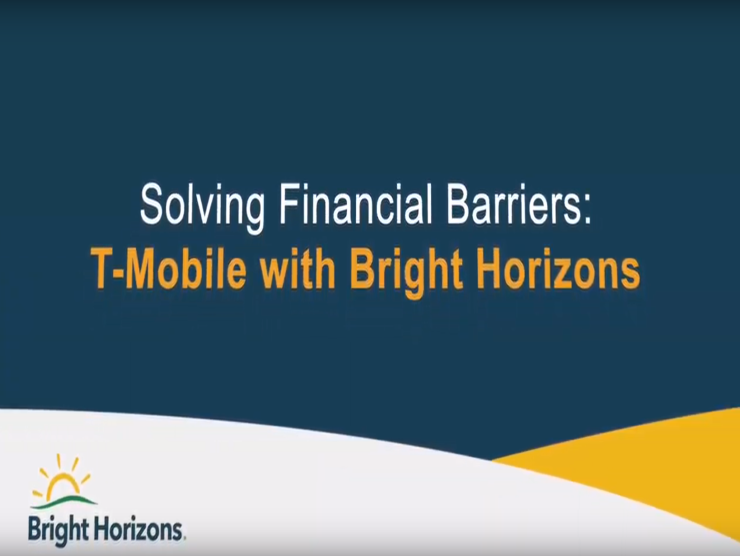Families come in all shapes, sizes, and configurations. Becoming a family through adoption is a unique experience. When starting the adoption process, couples or singles may:
- Not know how much time they have to prepare emotionally or physically for the child's arrival.
- Undergo intense scrutiny by public or private agencies.
- Face an often rocky process, full of hopes, disappointments and waiting, which may or may not end with a new family member.
- Experience complex emotions: excitement, concern, fear, and ambivalence. As with pregnancy, pre-adoption can be a joyful time, but can also be filled with uncertainty.
If the adoption process is successful and you find yourself parenting an adopted child, the challenges continue. The age at which a child is adopted makes a significant difference in the experience of both parents and child. In general, the younger the child is when adopted, the less time they have had to bond with earlier caregivers. It is generally felt that adopting a child as soon as possible after birth is preferred, but that is not always the case. Although adopting an older child may take longer to form a trusting relationship and feel secure, many families successfully adopt older children who securely bond with their new family.
Being patient and allowing time for your child to gradually transition is important. Children of any age need to be allowed time to grieve the loss of their birth family, whether it was a positive, negative, or mixed experience. Many children, especially older infants and younger toddlers, may seem anxious or fearful of unfamiliar people and places. It usually takes time for children to feel trust in and bond to new people. It is important to know that all of these feelings are normal.
Today, many families decide that the adoption will be “open,” meaning the child will know that they are adopted when they are old enough to understand the concept. Their birth parents may play a role in their lives in open adoptions, and sometimes there is considerable communication between the birth family and the adoptive family. The adoptive family may even be present at the birth of the child. Again, there are no right and wrong ways to adopt, but there are important matters to consider.
How to Talk with Children about Being Adopted
If the adoption is not open, you may wonder when and how to tell your child she is adopted. There are no simple answers to this complicated question. Much depends upon the circumstances, your child’s age, whether she comes from the same country of origin as the rest of your family, etc.
Experts agree that it is important to be open, natural, and honest. If your child’s ethnicity is different from yours, it is suggested to acknowledge diversity at a young age and expose your child to pictures and words reflecting your child’s culture, current life, and past experiences. This might include developmentally appropriate books, photographs, or words which celebrate the culture your child came from and has entered into.
An infant or toddler won’t understand the concept of adoption for a while, but he will relate to the words spoken in a positive manner. (See the resource list for some additional ideas on talking to and supporting children of varying ages. You may find the book by Fred Rogers particularly helpful.)
Talking with Your Child about Adoption
Every adoption is a story that belongs to a child. It is suggested that you think about the story to be prepared before your child asks adoption questions.
- From the beginning of the adoption, preserve your child’s story in words and pictures in a notebook or scrapbook. The story might include photographs, anecdotes, and background information. If your child is from another country, include photographs of that country, the hospital, birth parents, the trip to the new home, being greeted by family members, etc. or as much as you can gather.
- Make your verbal story as relevant as possible to your child. For example, “Your birth parents loved each other very much but were too young to raise a child. They did the most loving thing parents can do; they realized that they couldn’t take good care of any child and searched for another family. At the same time, we were searching for a child to love and become part of our family … now we are together.”
- One of the most important gifts that parents give children is a sense of trust. Trust is built on honesty. Let children know that you encourage them to ask questions by answering questions as honestly and simply as possible. At the same time, only answer what your child asks. For example, when a three-year-old asks, “Did I grow in your tummy?” A simple, honest answer would be, “You grew in someone else’s tummy.” This strategy will help you answer tough questions your child may ask appropriately.
Help your child understand and identify feelings caused from their adoption. Give him words to express feelings.
- Let him know that all feelings are normal and understandable. Encourage your child to talk about fears, grief, fantasies, etc. Understand if he can’t put feelings into words yet.
- Be aware that your child’s understandings and emotions will most likely continually change and evolve. Yours will as well.
Parenting is a unique journey, no matter how you came to be a parent. There will always be questions, anxieties, and concerns. Fortunately there are numerous and varied parenting resources available: books, magazines, and websites. Seek support through family, friends, religious organizations, and counseling groups as needed. Ultimately, it is up to us to follow our hearts, do what we feel is best for our child and family, and seek the support our family needs.
Suggested Adoption Books for Children and Parents:
- "Mother for Choco" by Keiko Kasza is a wonderful story that helps children understand that families are people who live together and love each other, not just those who look like each other. Choco is a little bird who lives alone and searches for a mother.
- "The Best Single Mom in the World: How I Was Adopted" by Mary Zisk is the story of a young girl and her single mother taking turns describing their happy life as a family, and sharing their adoption story about how the mother traveled overseas to adopt her daughter.
- "Tell Me Again About the Night I Was Born" by Jamie Lee Curtis and illustrated by Laura Cornell is a heartfelt story that combines wit, "Tell me again how you carried me like a china doll all the way home and how you glared at anyone who sneezed” with frankness, “Tell me again how you couldn't grow a baby in your tummy, so another woman who was too young to take care of me was growing me."
- "Welcome Home Little Baby" by Lisa Harper is a sweet poem about adoption, illustrated in various familiar settings.
- "The White Swan Express" by Elaine M. Aoki tells the story of four baby girls from a Chinese orphanage and the four different types of families who adopt them.
- "The Mister Rogers Parenting Book: Helping to Understand Your Young Child," by Fred Rogers, has an excellent section on talking to your child about adoption with a particular focus on emotions.
More about Diverse Families & Family Dynamics
- Learn simple ways to teach children about diverse family structures.
- Get the real facts that debunk the stereotypes about only children.
- Learn the joys and challenges of having twin babies and find tips for raising twins.
- Get some ideas for parenting kids by birth order and how to reduce sibling rivalry.





